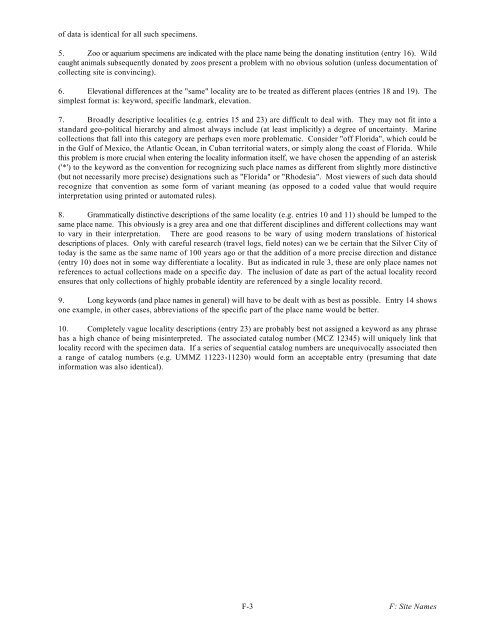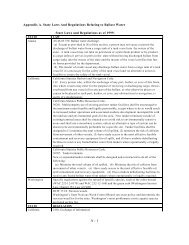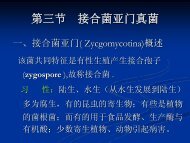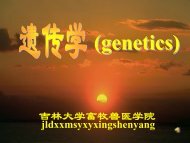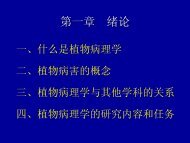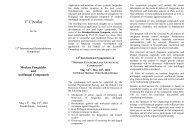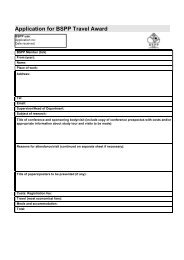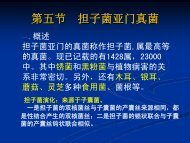Create successful ePaper yourself
Turn your PDF publications into a flip-book with our unique Google optimized e-Paper software.
of data is identical for all such specimens.<br />
5. Zoo or aquarium specimens are indicated with the place name being the donating institution (entry 16). Wild<br />
caught animals subsequently donated by zoos present a problem with no obvious solution (unless documentation of<br />
collecting site is convincing).<br />
6. Elevational differences at the "same" locality are to be treated as different places (entries 18 and 19). The<br />
simplest format is: keyword, specific landmark, elevation.<br />
7. Broadly descriptive localities (e.g. entries 15 and 23) are difficult to deal with. They may not fit into a<br />
standard geo-political hierarchy and almost always include (at least implicitly) a degree of uncertainty. Marine<br />
collections that fall into this category are perhaps even more problematic. Consider "off Florida", which could be<br />
in the Gulf of Mexico, the Atlantic Ocean, in Cuban territorial waters, or simply along the coast of Florida. While<br />
this problem is more crucial when entering the locality information itself, we have chosen the appending of an asterisk<br />
('*') to the keyword as the convention for recognizing such place names as different from slightly more distinctive<br />
(but not necessarily more precise) designations such as "Florida" or "Rhodesia". Most viewers of such data should<br />
recognize that convention as some form of variant meaning (as opposed to a coded value that would require<br />
interpretation using printed or automated rules).<br />
8. Grammatically distinctive descriptions of the same locality (e.g. entries 10 and 11) should be lumped to the<br />
same place name. This obviously is a grey area and one that different disciplines and different collections may want<br />
to vary in their interpretation. There are good reasons to be wary of using modern translations of historical<br />
descriptions of places. Only with careful research (travel logs, field notes) can we be certain that the Silver City of<br />
today is the same as the same name of 100 years ago or that the addition of a more precise direction and distance<br />
(entry 10) does not in some way differentiate a locality. But as indicated in rule 3, these are only place names not<br />
references to actual collections made on a specific day. The inclusion of date as part of the actual locality record<br />
ensures that only collections of highly probable identity are referenced by a single locality record.<br />
9. Long keywords (and place names in general) will have to be dealt with as best as possible. Entry 14 shows<br />
one example, in other cases, abbreviations of the specific part of the place name would be better.<br />
10. Completely vague locality descriptions (entry 23) are probably best not assigned a keyword as any phrase<br />
has a high chance of being misinterpreted. The associated catalog number (MCZ 12345) will uniquely link that<br />
locality record with the specimen data. If a series of sequential catalog numbers are unequivocally associated then<br />
a range of catalog numbers (e.g. UMMZ 11223-11230) would form an acceptable entry (presuming that date<br />
information was also identical).<br />
F-3<br />
F: Site Names


